When it comes to choosing a gemstone for an engagement ring or a special piece of jewelry, many people are torn between moissanite and lab grown diamonds. Both options have their unique characteristics, advantages, and disadvantages. In this article, we’ll delve into the world of moissanite and lab grown diamonds, exploring their key differences, features, and cons to help you make an informed decision.
Moissanite vs Lab Grown Diamonds: Key Differences
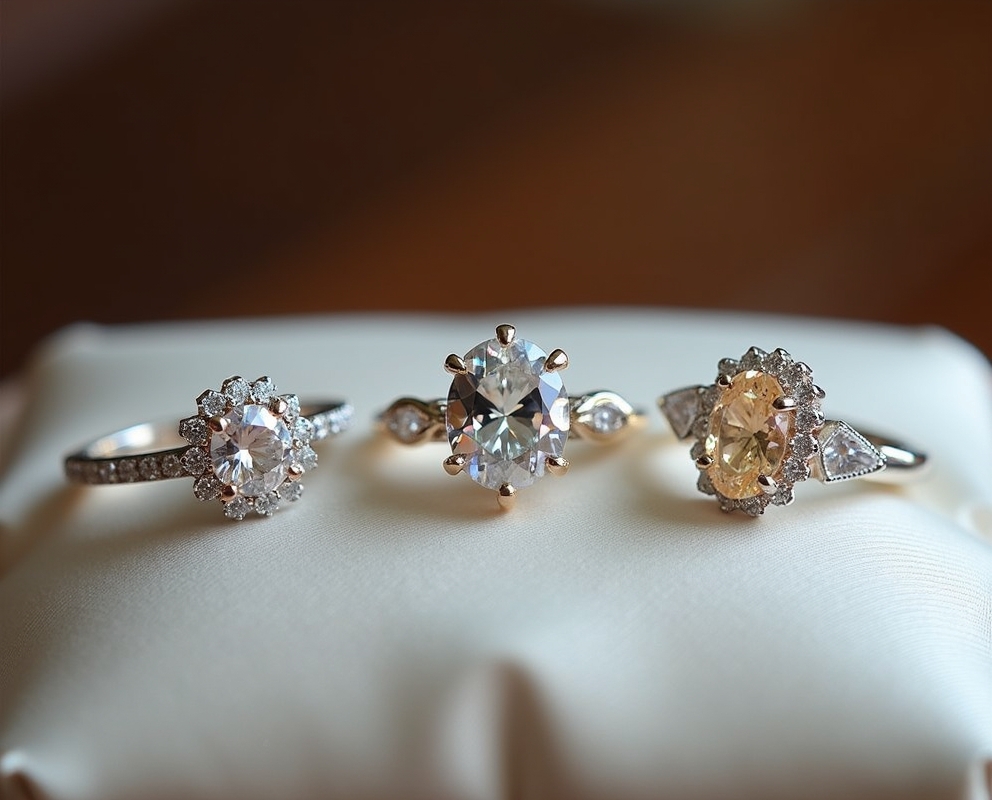
The main differences between moissanite and lab grown diamonds lie in their composition, brilliance, durability, and price. Moissanite, made from silicon carbide, stands out for its fiery sparkle and high refractive index, creating a bold, colorful brilliance.
Lab grown diamonds, composed of pure carbon like natural diamonds, offer a refined, white-light sparkle with exceptional hardness. While moissanite scores 9.25 on the Mohs scale and lab grown diamonds a perfect 10, both are durable enough for everyday wear, making them excellent choices for fine jewelry.
For a deeper understanding of lab grown diamond durability, check out our guide: Are Lab Grown Diamonds as Strong as Mined Diamonds?
A Battle of Brilliance, Beauty, and Budget
When it comes to brilliance, beauty, and budget, moissanite and lab grown diamonds are often pitted against each other in a battle of wits. Here’s how they stack up:
- Brilliance: Moissanite has a high refractive index and dispersion, giving it a more fiery appearance than lab grown diamonds.
- Beauty: Lab grown diamonds have the same beauty and characteristics as natural diamonds, but moissanite has a unique beauty of its own.
- Budget: Moissanite is generally more affordable than lab grown diamonds, but lab grown diamonds are still more affordable than natural diamonds.
Moissanite Overview
Moissanite is a lab-created gemstone made of silicon carbide, discovered in the late 19th century. Often referred to as a diamond alternative, moissanite engagement rings offer a brilliant sparkle at a more affordable price.

Features of Moissanite
- Affordability: Moissanite is generally more affordable than lab grown diamond rings and natural diamonds.
- Eco-friendliness: Moissanite is lab-created, reducing the environmental impact of mining.
- Brilliance: Moissanite has a high refractive index and dispersion, giving it a more fiery appearance.
- Durability: Moissanite is extremely hard, with a Mohs hardness rating of 9.25, but it is not as durable as a diamond ring.
For tips on keeping your moissanite or lab-grown diamond shining, read our guide: How to Clean Lab Grown Diamonds.
Cons of Moissanite
- Limited resale value: Moissanite has limited resale value, but it can still be sold or traded.
- Perceived value: Some people may perceive moissanite as less valuable or desirable than lab grown diamonds or natural diamonds.
- Quality variations: Moissanite quality can vary depending on the manufacturer and production process.
Lab Grown Diamonds Overview
Lab grown diamonds are made of pure carbon, just like natural diamonds, but they are created using advanced technology that replicates the natural process of diamond formation. Lab grown diamonds have the same physical and chemical properties as natural diamonds, but they are more affordable and sustainable.

Features of Lab Grown Diamonds
- Sustainability: Lab grown diamonds reduce the environmental impact of mining.
- Affordability: Lab grown diamonds are more affordable than natural diamonds but more expensive than moissanite.
- Quality: Same clarity, cut, and color as natural diamonds.
- Durability: Lab grown diamonds are extremely hard, with a Mohs hardness rating of 10, making them more durable than moissanite.
Cons of Lab Grown Diamonds
- Higher cost: Lab grown diamonds are still more expensive than moissanite.
- Limited availability: Lab grown diamonds are still a relatively new technology, and availability may be limited.
- Perceived value: Some people may perceive lab grown diamonds as less valuable or desirable than natural diamonds.
Which One is the Real MVP?
Ultimately, the decision between moissanite and lab grown diamonds comes down to personal preference, budget, and values. If you’re looking for a more affordable and eco-friendly option with exceptional brilliance and fire, moissanite may be the better choice.
However, if you’re looking for a diamond that is more durable and has the same quality and characteristics as natural diamonds, lab grown diamonds may be the better choice.

The Verdict: Moissanite or Lab Grown Diamonds?
While both moissanite and lab grown diamonds have their unique advantages and disadvantages, the decision ultimately comes down to your personal preferences, budget, and values. If you’re looking for a more affordable and eco-friendly option with exceptional brilliance and fire, moissanite may be the better choice. However, if you’re looking for a diamond that is more durable and has the same quality and characteristics as natural diamonds, lab grown diamonds may be the better choice.
The Future of Gemstones: Moissanite and Lab Grown Diamonds
As technology advances, we can expect to see even more sustainable gemstone options emerge. Moissanite rings and lab grown diamond rings are just the beginning of a new era in fine jewelry.
Want to know why lab grown diamonds are becoming a top choice? Read our article: Reasons to Choose a Lab Grown Diamond Engagement Ring.
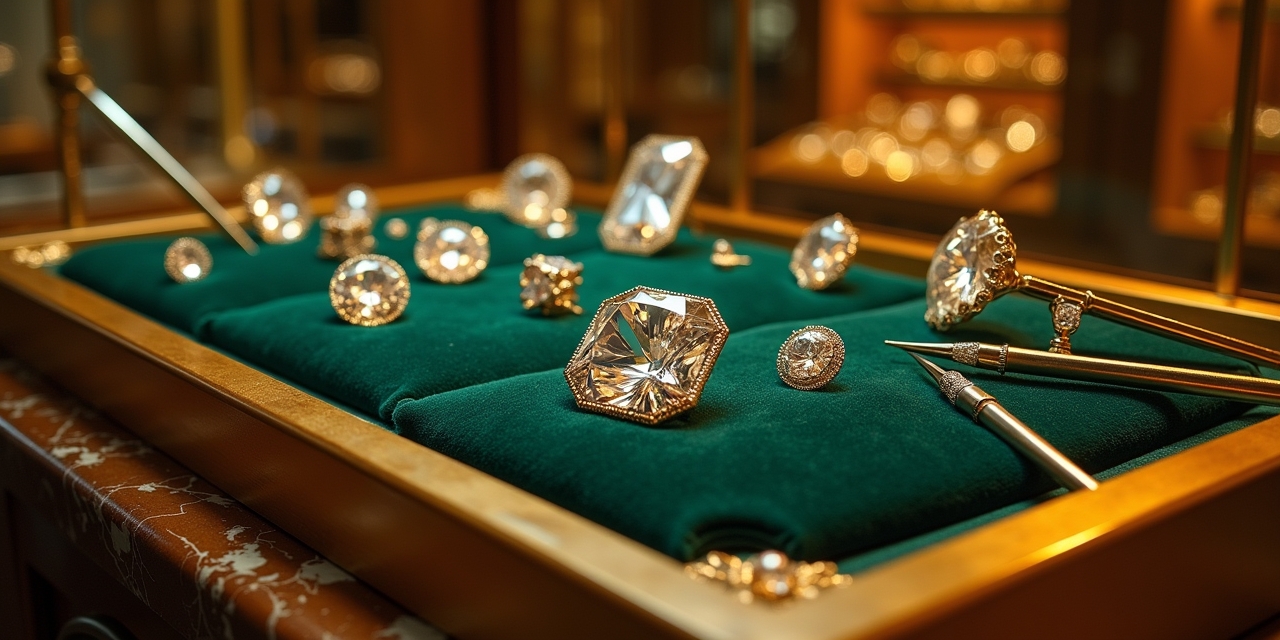
Conclusion
In conclusion, the battle of brilliance, beauty, and budget between moissanite and lab grown diamonds is a complex one. While both options have their unique advantages and disadvantages, the decision ultimately comes down to personal preference, budget, and values.
As technology continues to advance, we can expect to see even more innovative and sustainable gemstone options emerge.



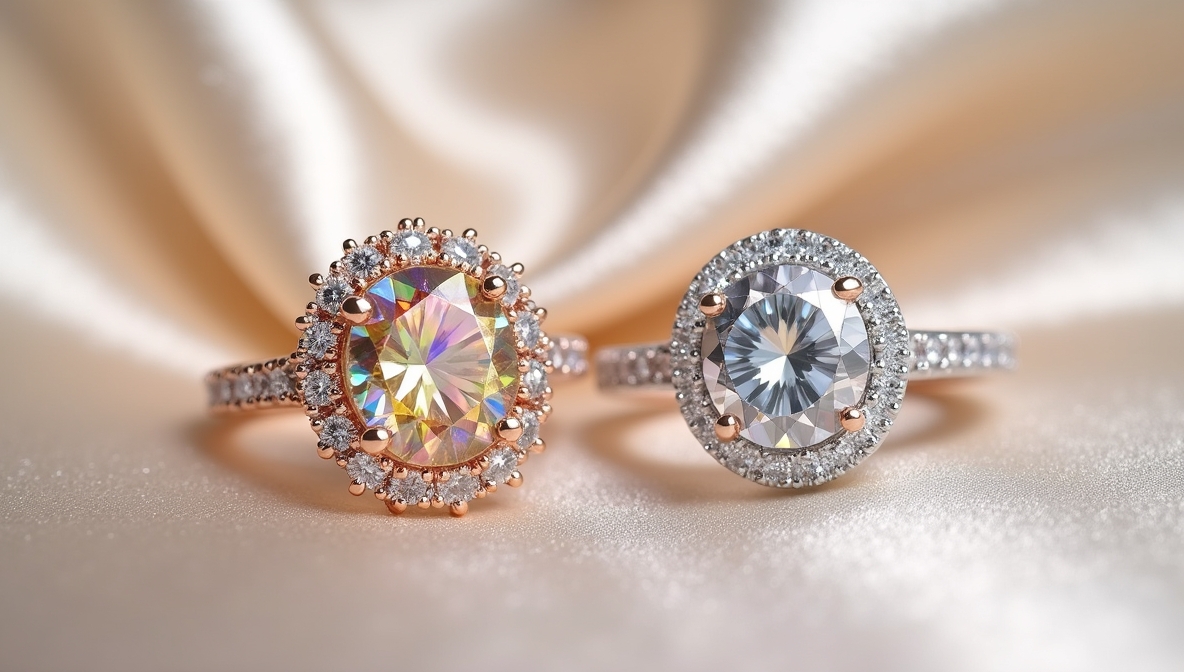
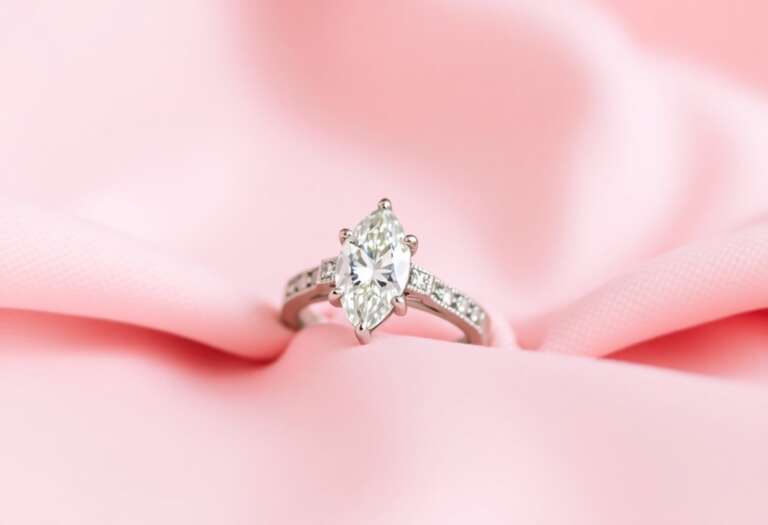
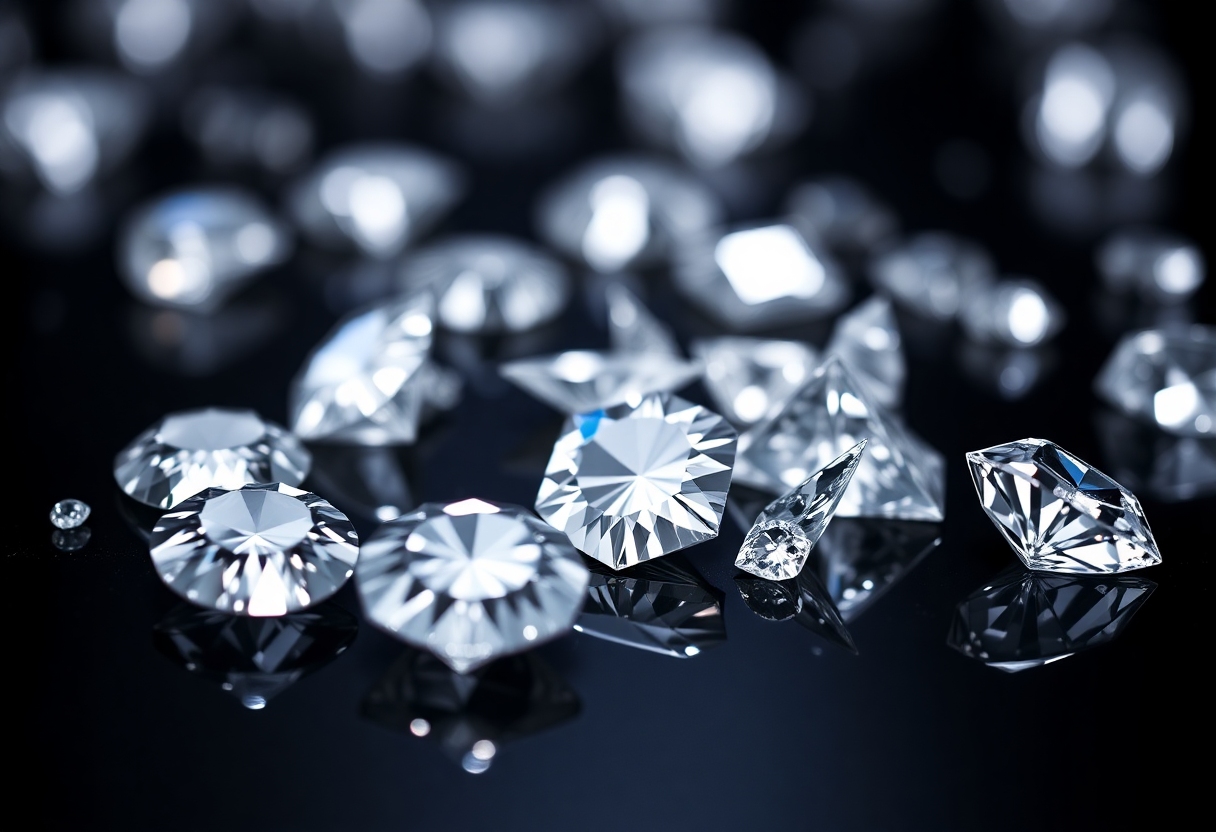
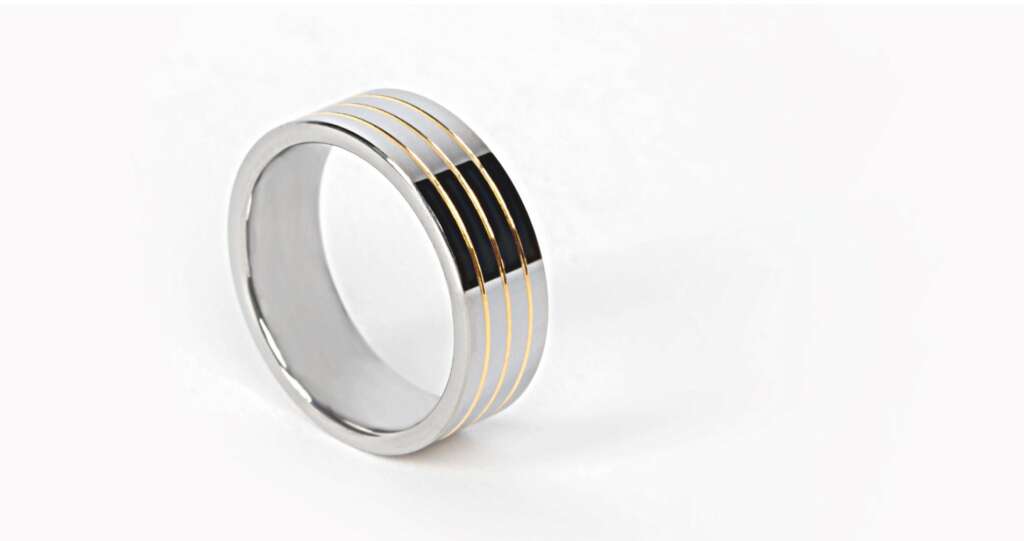
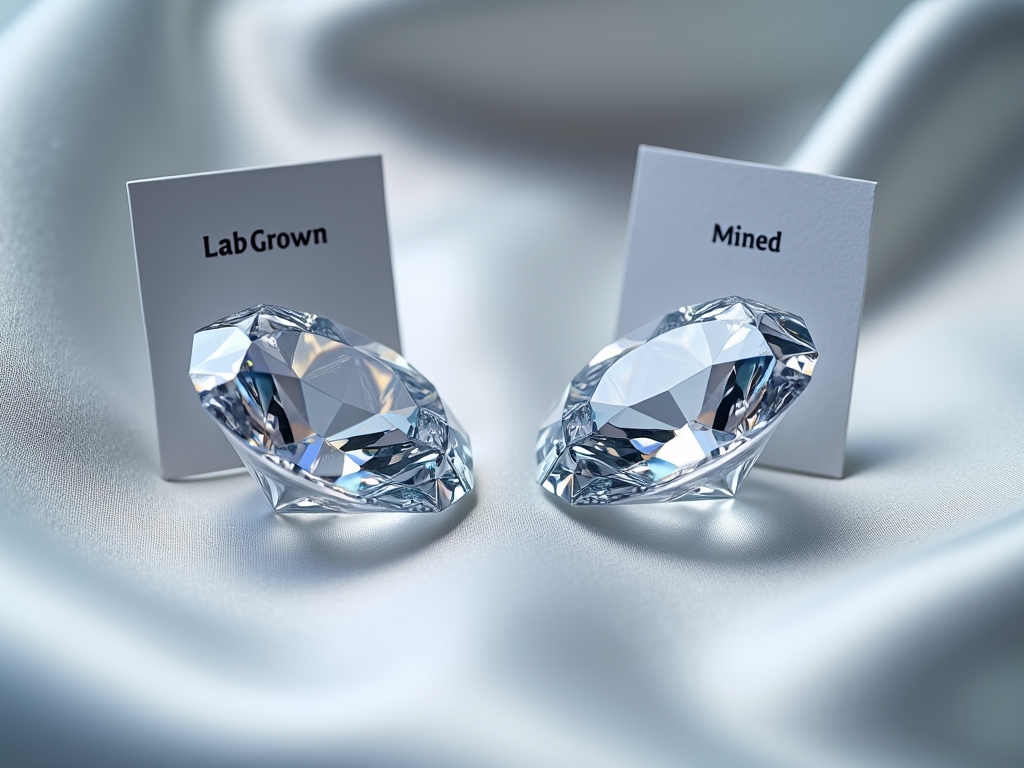
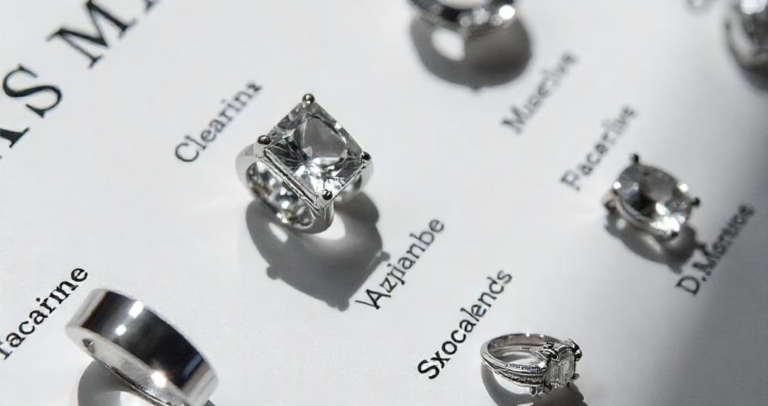
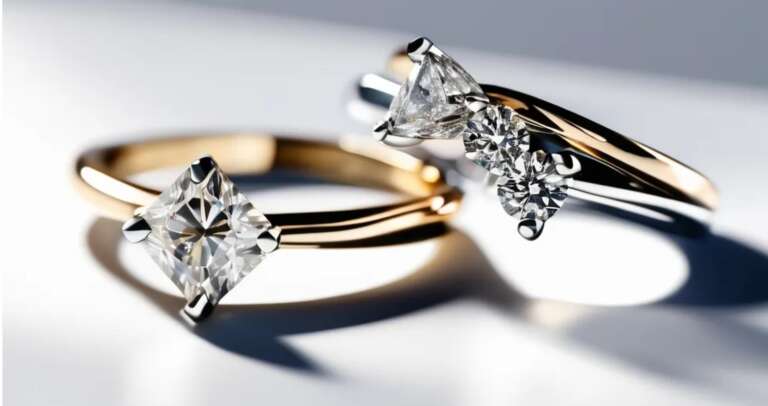
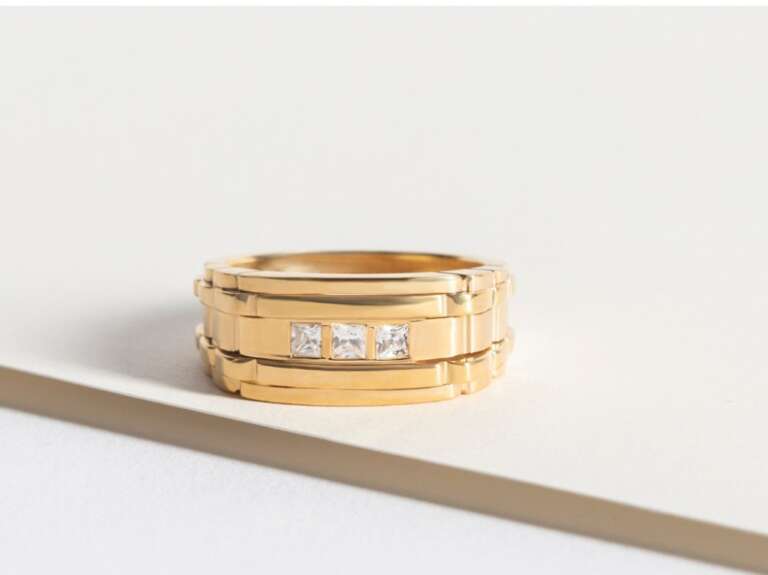
Leave a Comment